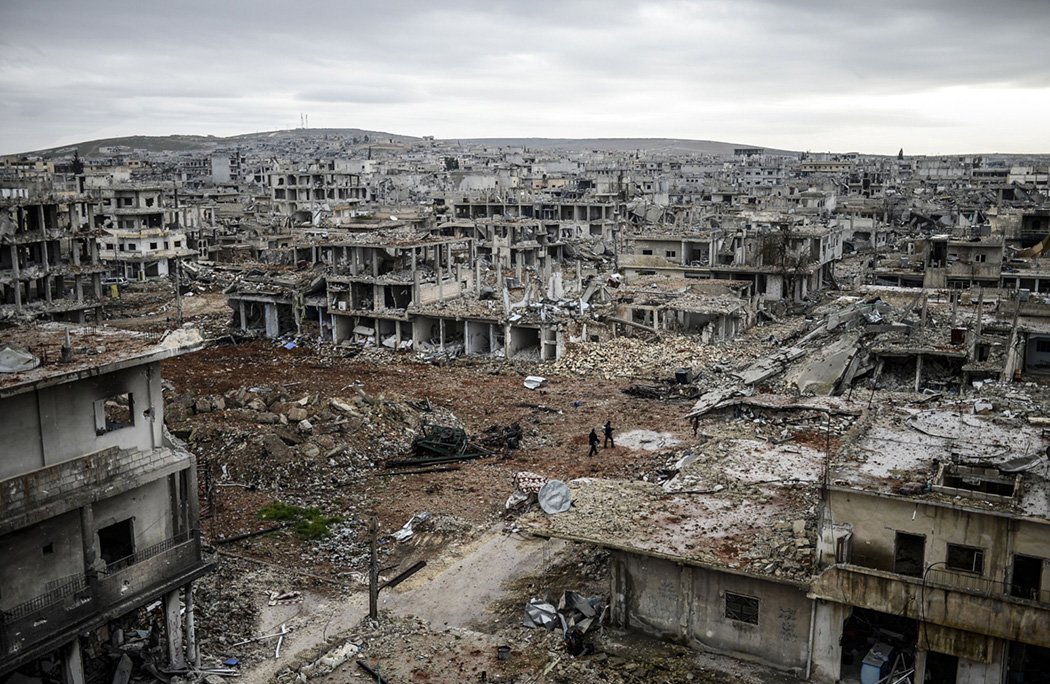Syria’s six-year conflict-ravaged its infrastructure causing losses to its economy of $226 bn, according to a report by the World Bank on Monday.
The destructive war has murdered over 320,000 people and was displaced more than half the population of the country since it began in March of 2011.
The World Bank remarked the devastation ran too much deeper than death tolls or infrastructure damage could capture.
“The war in Syria is tearing apart the social and economic fabric of the country,”
World Bank Vice President for the Middle East and North Africa Hafez Ghanem says.
He also said,
“The number of casualties is devastating, but the war is also destroying the institutions and systems that societies need to function, and repairing them will be a greater challenge than rebuilding infrastructure — a challenge that will only grow as the war continues,”
The World Bank reported that Gross Domestic Product losses since the conflict of Syria erupted “have been estimated at $226 billion, about four times the Syrian GDP in 2010”.
The body estimated that the conflict had harmed or fully destroyed 27 % of Syria’s housing stock and about half of the medical and educational facilities of the country.
Calculations based on cross-checked satellite imagery of some specific cities and areas while extrapolated based on a conflict intensity model.
The World Bank found that an average of 538,000 jobs had been lost every year between 2010 and 2015. It said more than 3 out of 4 Syrians of working age — or almost nine million people — were neither employed nor enrolled in any kind of school or training.
It said,
“The long-term consequences of this inactivity will be a collective loss of human capital leading to a shortage of skills in Syria,”.
The World Bank also added,
“The breakdown of the systems that organize both the economy and society, along with the trust that binds people together, have had a greater economic impact than the destruction of physical infrastructure,”
The report says that if the conflict were to end this year, GDP could regain 41% of its pre-conflict level within 4 years.
However, that figure shrinks for each year the conflict continues or the institution is found.




